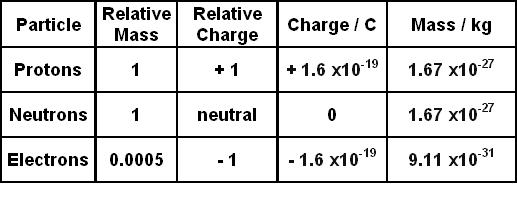
To do this, you must choose whether you will be using coulombs or elementary charge, then use the relevant formula to do the volt conversion. Rev.Volts can be converted to electron volts using either elementary charge or coulombs. Hagiwara et al, Review of Particle Physics, Phys. ↑ Transcript of part of a 1961 lecture by Richard Feynman.

An in-depth discussion of how the CODATA constants were selected and determined. "CODATA recommended values of the fundamental physical constants: 2002" (PDF).

In some older documents, and in the name Bevatron, the symbol "BeV" is used, which stands for "billion-electron-volt" it is equivalent to the GeV. The proton has a mass of 0.938 GeV/c², making GeV (gigaelectronvolt) a very convenient unit of mass for particle physics.ġ eV/c² = 1.783 Template:E kg 1 keV/c² = 1.783 Template:E kg 1 MeV/c² = 1.783 Template:E kg 1 GeV/c² = 1.783 Template:E kg 1 TeV/c² = 1.783 Template:E kg 1 PeV/c² = 1.783 Template:E kg 1 EeV/c² = 1.783 Template:E kg It is thus common in particle physics, where mass and energy are often interchanged, to use eV/ c² or even simply eV as a unit of mass.įor example, an electron and a positron, each with a mass of 0.511 MeV/c², can annihilate to yield 1.022 MeV of energy. Ionization energies and other atomic properties are often quoted in electronvolts, especially in older texts.Īlbert Einstein reasoned that energy is equivalent to mass, as famously expressed in the mass-energy equivalence formula E = mc² (1.0000 kg = 89.876 PJ).

This quantity is equal to 96.48538(2) kJ/mol. In chemistry, it is often useful to have the molar equivalent, that is the kinetic energy that would be gained by a mole of electrons passing through a potential difference of one volt. I am sorry that we do that, but that's the way it is for the physicists." But instead of taking a definite unit in the same system, like 10 −20 J, have unfortunately chosen, arbitrarily, a funny unit called an electronvolt (eV). "A single atom is such a small thing that to talk about its energy in joules would be inconvenient. In a recorded lecture from 1961 Richard Feynman apologized to his students for this failure by atomic physicists to use the appropriate SI unit (which would be the attojoule): It is widely used in solid state, atomic, nuclear, and particle physics, often with prefixes m, k, M, G or T. The unit electronvolt is accepted (but not encouraged) for use with SI. One electronvolt is a very small amount of energy:ġ eV = ] J. The one-word spelling is the modern recommendation, although the use of the earlier electron volt still exists. In other words, it is equal to one volt (1 volt = 1 joule per coulomb) times the (unsigned) charge of a single electron.

It is the amount of energy equivalent to that gained by a single unbound electron when it is accelerated through an electrostatic potential difference of one volt, in vacuo. The electronvolt (symbol eV) is a unit of energy. 5 As a measurement for time and distance.


 0 kommentar(er)
0 kommentar(er)
